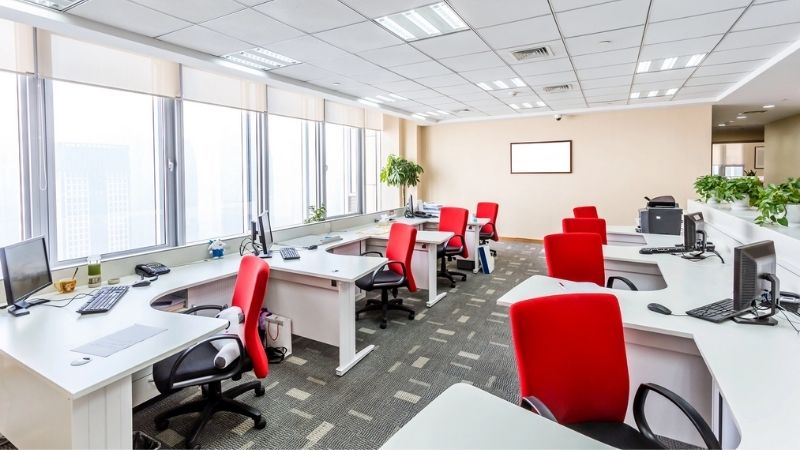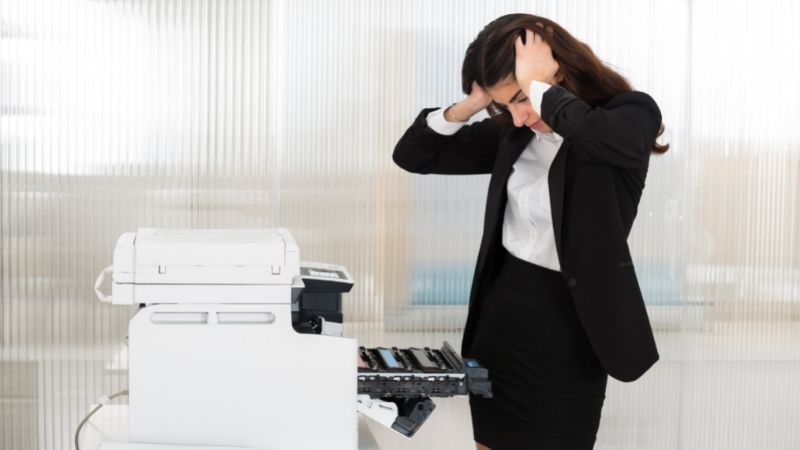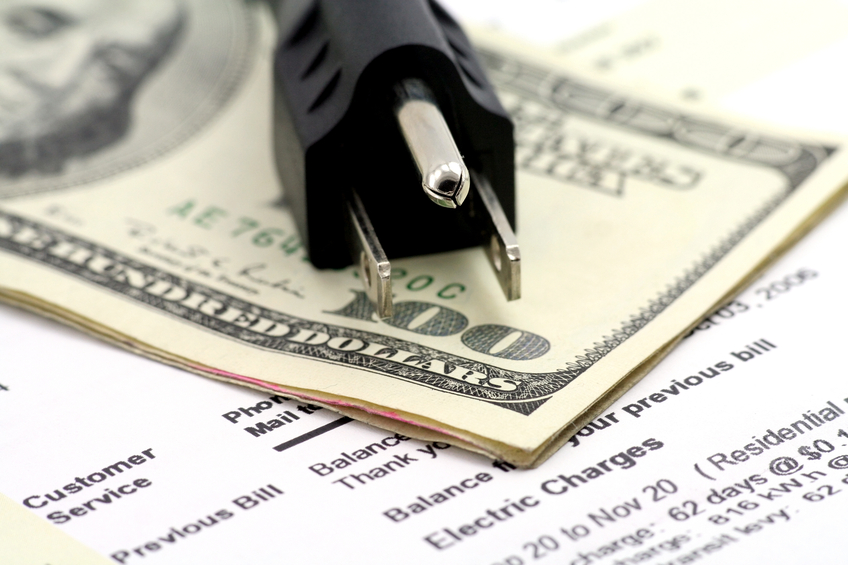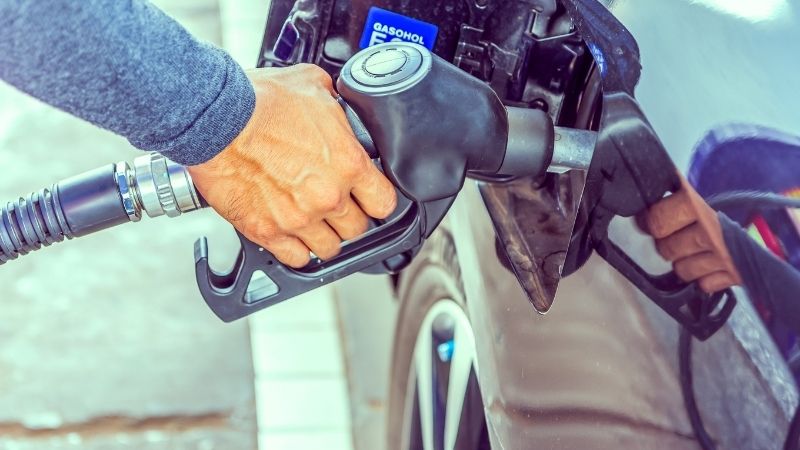
Saving Energy in The Office – You Are Consuming Too Much Energy in The Office
In the office, energy savings now go through forms of digital sobriety.
Read and write emails, print a report, use your smartphone, organize a videoconference with your laptop… The daily lives of millions of workers are no longer lived without computers and digital tools.
If these equipments have contributed to “dematerialize” the ways of working, this dematerialization is however not without an energy cost.
It is estimated that 215 billion emails (excluding spam) were exchanged every day around the world in 2016… and some 180 million google searches. To allow all these operations, you need servers, routers, data centers, terminals…
But it is possible, and quite simple, to adopt the right reflexes to be more energy- and resource-efficient in the workplace, as highlighted in a recent guide designed by Ademe.
Use your equipment well

In the office, digital technologies are the first station of power consumption. However, it is estimated that a quarter of the electricity consumption of computer equipment could be avoided by following these few tips.
You can first think about setting your computer – and your smartphone when possible – in “energy-saving” mode: decrease in the brightness of the screen, automatic standby after ten minutes of inactivity, black screen saver … Beware, however, of some screensaver using “3D” graphics. They put a lot of strain on the graphics card and can consume as much, if not more than the active mode.
You can also disable the GPS, Wifi, Bluetooth functions of phones and tablets when not using them, or adopt the “airplane” mode.
Finally, care must be taken not to leave the devices on permanently. A possible solution is to connect your equipment (computer and printer) to a switch strip to turn off the power once the day is over… because even when turned off, the equipment continues to consume electricity. This so-called “passive” consumption is because the switch of this equipment is placed after the transformer; connected, the latter continues to use energy (the residual current still flowing).
Manage your emails and email

The impact of sending an email depends on the weight of attachments, the storage time on a server but also the number of recipients. Multiplying by 10 the number of recipients of an email will multiply its impact by 4.
We can therefore try to target recipients and limit the number of mailings, especially since this type of sending can be considered undesirable or even treated as spam by some e-mails.
Another tip to make your communication less energy-intensive will be to send light messages; this is done by optimizing in particular the size of the attachments: we will therefore opt for compressed files, images, and low definition PDFs…
If the attachment is very heavy, it is preferable to use a USB key or hyperlink to replace the document; the use of heavy file transfer sites (such as FTP) is not the most environmentally friendly solution.
Another detail to pay attention to the logos placed in the signatures of emails. Instead, they will prefer a low-definition image containing the text and logo of the signature.
Effective management of the e-mail box also requires regular cleaning, especially if it is webmail. We will also quickly remove spam that piles up in a glance.
Light surfing the net

The impact of a web query depends on the search time and the number of pages viewed.
We thus divide by 4 the greenhouse gas emissions of his surf on the net by going directly to the address of the site. With this in mind, the creation of favorites in the browser for the most regularly consulted sites is essential.
Also to limit the solicitation of servers, we will use precise keywords in the search engine. Knowing that queries can be refined by excluding certain words, coupling others, or using the “advanced search” function of the browser.
About browsers, we know that some consume more energy than others: the Web Energy Archive study for Ademe has thus designated Chrome as one of the most greedy (27 Wh per 1,000 page views), ahead of Internet Explorer and Firefox.
In surfing, the hardware also matters: a one-minute search on the Internet consumes 100 watts on a landline, 20 watts on a laptop, a few watts on a tablet, and even less on a phone. A wired connection (Ethernet cable) to the network consumes less than a wi-fi connection.
Keep just the right thing

In recent years, we have witnessed the development of external data storage; this is what the cloud allows in particular, which refers to all the networks, servers, and storage units to which users connect via a secure Internet link. The cloud allows the storage of data (hosting of photos, videos, music, online backup of data), but also the use of applications, services, software (video streaming, connected office suites) without owning them.
While these solutions can give the impression of accessing an infinite and eternal storage space, here it is large amounts of data that accumulate and require more and more energy for their management and conservation.
It is therefore essential to sort, organize… and throw away its data. We will do this as well for e-mails, favorites, and all data stored locally as for data stored externally (by deleting videos and photos never watched, the music never listened to …). We will classify what we want to keep for quick access, preferring local storage, which consumes less energy to the cloud: transporting data on the Internet consumes twice as much energy as storing it for a year.
Print in moderation

Contrary to what one might think, the development of digital technology has not been accompanied by a decrease in paper consumption. Reducing printing means saving consumables, raw materials, and energy.
We will therefore print only what is useful and necessary, by setting the printer (black and white, draft, double-sided, two pages per sheet). Paper printed on one side can still be used as a draft. We should also avoid printing ink-intensive documents (solid in color).
Some labels and ecolabels can guide choices for more sustainable consumption: the European Ecolabel (for paper); the Nordic Ecolabel or the Blue Angel (for paper and ink cartridges).
The Ryman Eco font to limit ink consumption.
Finally, remember that savings can begin from the design of documents: by making them easy and pleasant to read on the screen (the recipient will be less willing to print it) and by opting for fonts that consume little ink (such as Garamond, Century Gothic, Ryman Eco or Ecofont).

